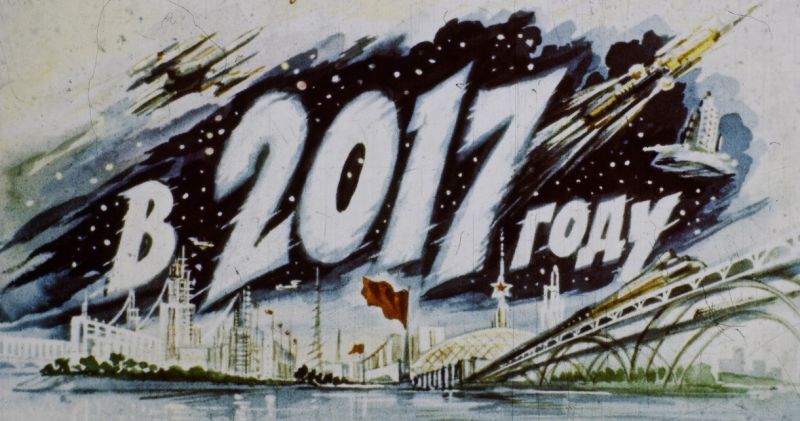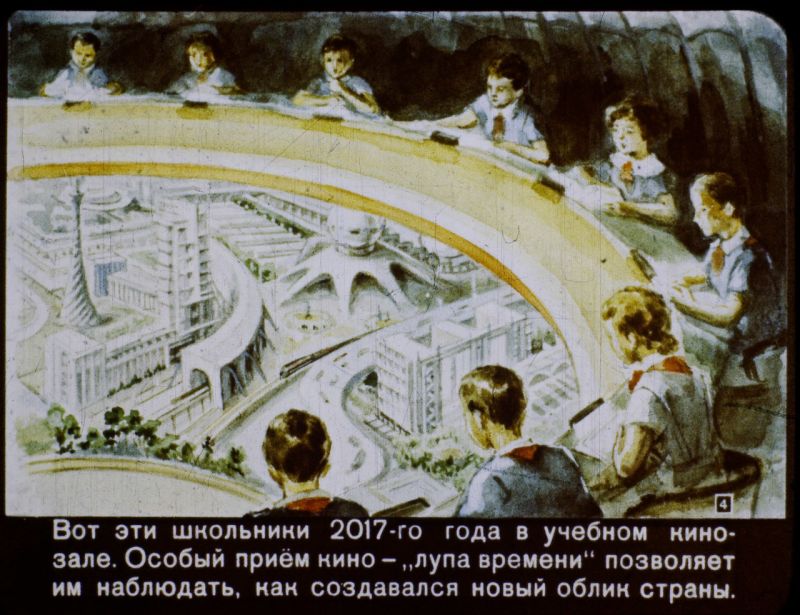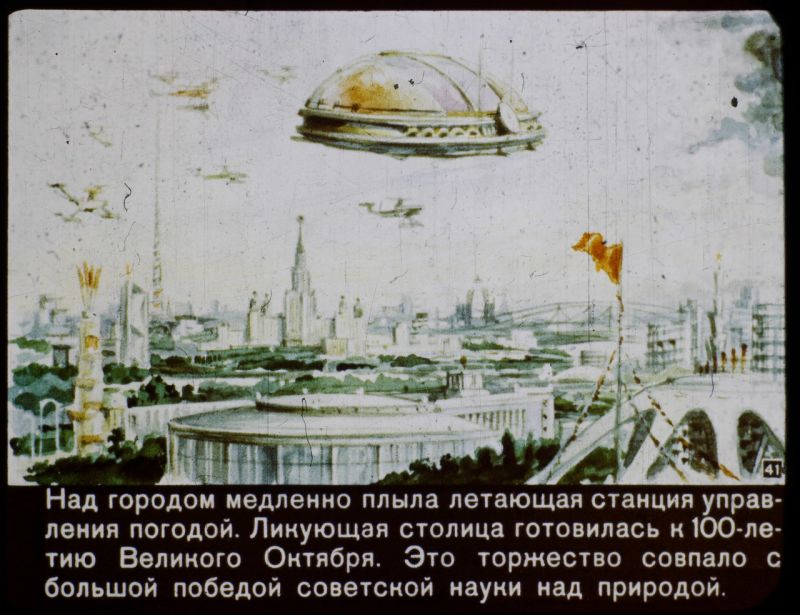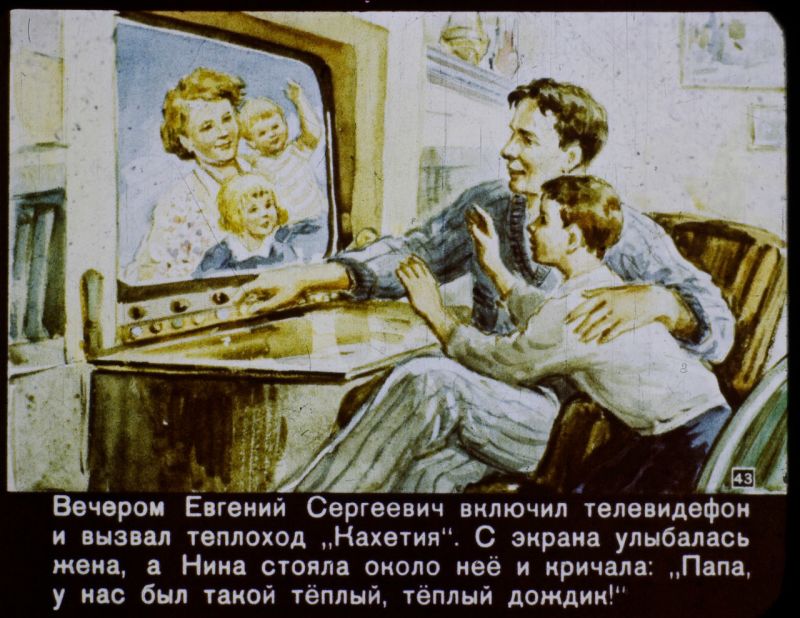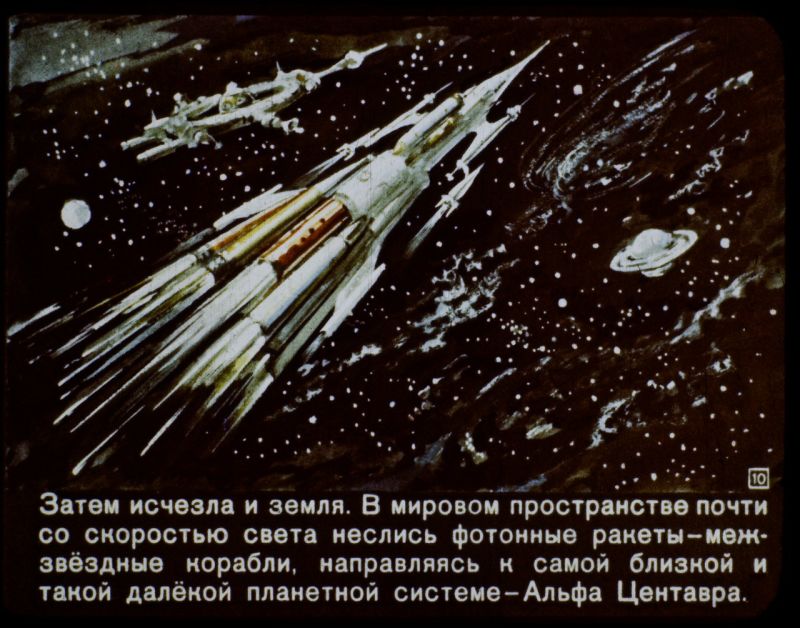The Greek word poesis did not confine itself to the literary arts. Most broadly speaking, the word meant “to make”—as in, to create anything, godlike, out of the stuff of ideas. But the English word “poetry” has always retained this grander sense, one very present for poets steeped in the classics, like Percy Shelley, who famously called poets the “unacknowledged legislators of the world” in his essay “A Defence of Poetry.” Shelley argued, “If no new poets should arise to create afresh the associations which have been thus disorganized, language will be dead to all the nobler purposes of human intercourse.”
It can feel at times, watching certain of our leaders speak, that language may be dying for “nobler purposes.” But certain poets would seek to convince us otherwise. As Walt Whitman wrote of his countrymen in an introduction to Leaves of Grass, “presidents shall not be their common referee so much as their poets shall.”
Whitman lived in a time that valued rhetorical skill in its leaders. So too did another of the country’s revered national poets, Robert Frost, who accepted the request of John F. Kennedy to serve as the first inaugural poet in 1961 with “his signature elegance of wit,” comments Maria Popova. Frost, 86 years old at the time, read his poem “The Gift Outright” from memory and offered Kennedy some full-throated advice on joining “poetry and power.”
Kennedy, an “arts patron in chief,” as the L.A. Times’ Mark Swed describes him, was so moved that two years later, after the poet’s death, he delivered an eloquent eulogy for Frost at Amherst College that picked up the poet’s theme, and acknowledged the power of poetry as equal to, and perhaps surpassing, that of politics. “Our national strength matters,” he began, “but the spirit which informs and controls our strength matters just as much.” That animating spirit for Kennedy was not religion, civil or supernatural, but art. Frost’s poetry, he said, “brought an unsparing instinct for reality to bear on the platitudes and pieties of society.”
His sense of the human tragedy fortified him against self-deception and easy consolation… it is hardly an accident that Robert Frost coupled poetry and power, for he saw poetry as the means of saving power from itself. When power leads men towards arrogance, poetry reminds him of his limitations. When power narrows the areas of man’s concern, poetry reminds him of the richness and diversity of his existence. When power corrupts, poetry cleanses. For art establishes the basic human truth which must serve as the touchstone of our judgment.
The tragedy of hubris and celebration of diversity, however, we can see not only in Frost, but in Shelley, Whitman, and perhaps every other great poet whose “personal vision… becomes the last champion of the individual mind and sensibility against an intrusive society and an officious state.” Kennedy’s short speech, with great clarity and concision, makes the case for using the country’s resources to “reward achievement in the arts as we reward achievement in business or statecraft.” But just as importantly, he argues against any kind of state imposition on an artist’s vision: “If art is to nourish the roots of our culture, society must set the artist free to follow his vision wherever it takes him. We must never forget that art is not a form of propaganda; it is a form of truth.”
You can hear Kennedy deliver the speech in the audio above, read a full transcript in English here and in 12 other languages here. In the audience at Amherst sat poet and critic Archibald MacLeish, who, in his “Ars Poetica,” had suggested that poetry should not be stripped of its sounds and images and turned into a didactic tool. Kennedy agrees. “In free society art is not a weapon and it does not belong to the spheres of polemic and ideology.” Yet poetry is not a luxury, but a necessity if a body politic is to flourish. “The nation which disdains the mission of art,” Kennedy warned, “invites the fate of Robert Frost’s hired man, the fate of having ‘nothing to look backward to with pride, and nothing to look forward to with hope.’”
Kennedy’s is a point of view, perhaps, that might get under a lot of people’s skin. It’s worth considering, as a less optimistic critic argued at the time, whether an overabundance of didactic political statements in art may be as culturally damaging as the absence of art in politics. Or whether art like Frost’s is ever “disinterested,” in Kennedy’s phrasing, or apolitical, or can operate independently as a check to power. Frost himself may express ambivalence in his embrace of “human tragedy.” But in his doubt he fulfills the poet’s role, entering into the kind of critical dialectic Kennedy claims for poetry and democracy.
Related Content:
Listen to Robert Frost Read ‘The Gift Outright,’ the Poem He Recited from Memory at JFK’s Inauguration
New Film Project Features Citizens of Alabama Reading Walt Whitman’s “Song of Myself,” a Poetic Embodiment of Democratic Ideals
Theodor Adorno’s Radical Critique of Joan Baez and the Music of the Vietnam War Protest Movement
Josh Jones is a writer and musician based in Durham, NC. Follow him at @jdmagness
